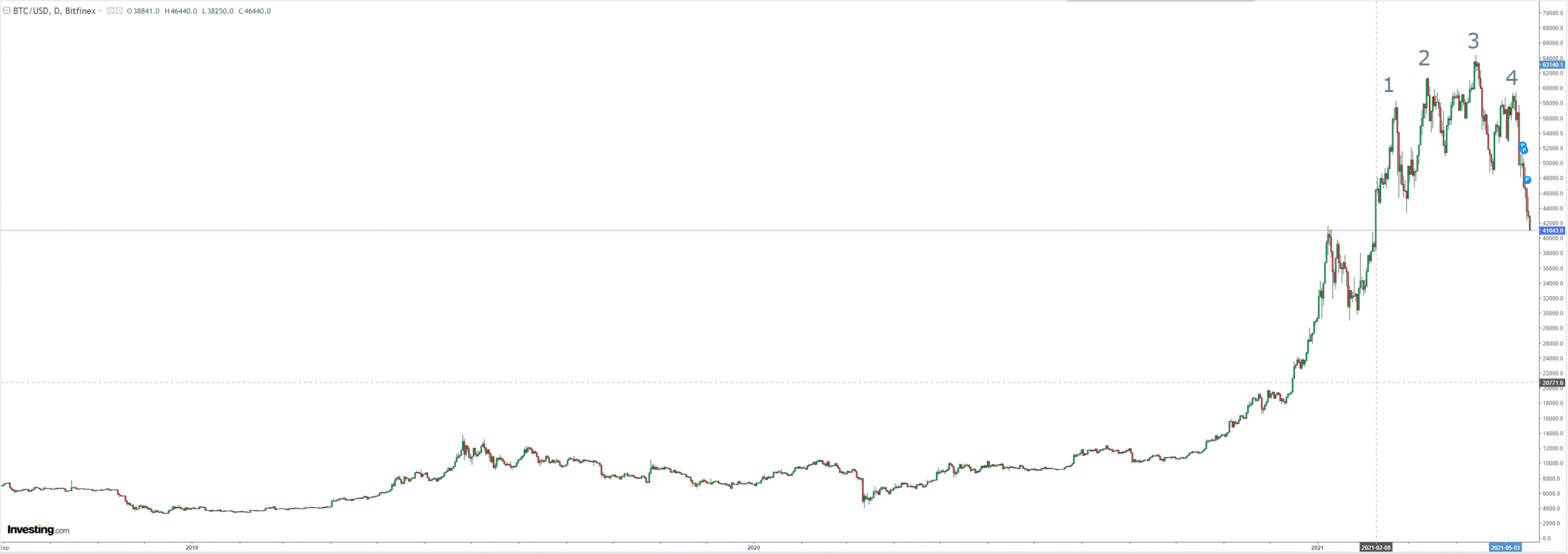Mwahaha. The disastrous four-headed hydra pattern has appeared on BTC’s crashing chart (and yes, I just made that up but I expect a Hydracoin to appear very shortly after this post):

Today’s problem? China:
- Which has banned banks from providing BTC services.
- Warned that crypto is speculative.
That’s the future right there.
Does it constitute some wider price signal for markets? Not according to gold which is going the other way. But equities are having a pretty lousy day.
We could put it down to draining liquidity on that basis. The liquidity maestro at CS, Zoltan Pozsar:
The last time we looked in detail at foreign banks’ New York branches was in2017,right after prime moneyfundreform(seeDollarFundingAftertheStorm).Since 2017, we’ve been focusing mainly on U.S. banks’ HQLA portfolios, asU.S.banks were the backstops to the repo market in the run-up to the pandemic,and U.S. banks have been the primary warehouse for the reserves the Fed has put into the U.S.banking system since the pandemic. The Fed’s ban on buy backs ensured that U.S.banks had the balance sheet to carry all the injected reserves: they didn’t have to deflect any inflows and so foreign banks couldn’t absorb any unwanted reserves, as there weren’t any. These dynamics changed in 2021. First, we had a roughly $1 trillion “downpour” of liquidity–an ongoing injection of reserves from QE and the decline in Treasury’s cash balances due to stimulus–and second, that downpour coincided with the Fed lifting the ban on buybacks,which sapped U.S.banks’capacity to add reserves and deposits on the margin. But one bank’s constraint is another bank’s opportunity……and like during the 2015-2016 period, many foreign banks jumped at the opportunity to absorb some of the excess reserves that came into the system: year-to-date, foreign banks have absorbed just over $350 billion in reserves, with about a third raised through the o/n eurodollar market via prime money funds, and two-thirds raised through term unsecured markets–mostly through CP–from accounts other than prime funds (asset managers and securities lenders).
Nah. Four-headed hydra pattern!

